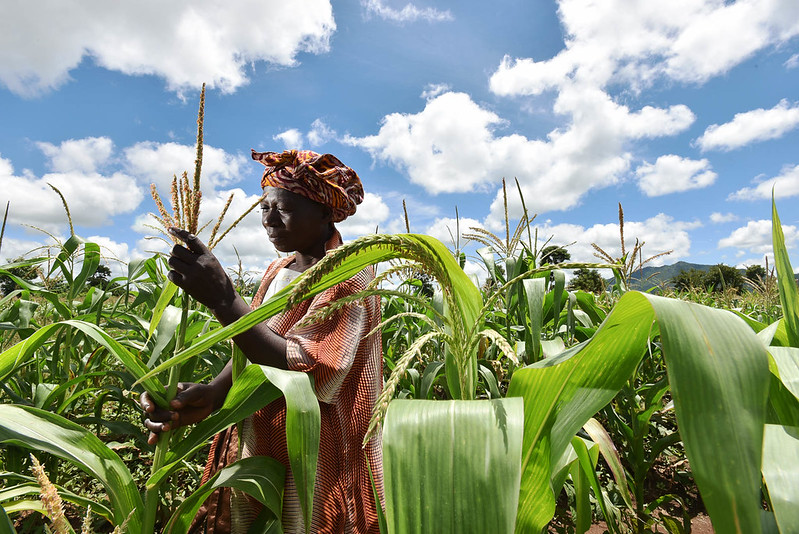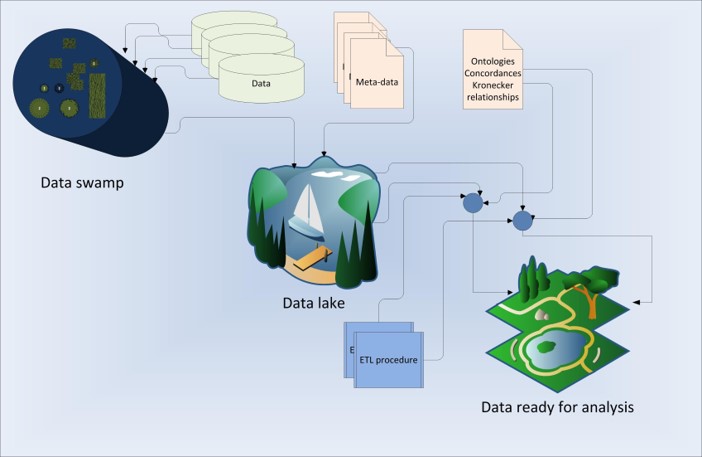
Income, consumer preferences, and the future of livestock-derived food demand
In recent decades there has been a sustained and substantial shift in human diets across the globe towards including more livestock-derived foods. Continuing debates scrutinize how these dietary shifts affect human health, the natural environment, and livelihoods. However, amidst these debates there remain unanswered questions about how demand for livestock-derived foods may evolve over the upcoming decades for a range of scenarios for key drivers of change including human population, income, and consumer preferences. Future trends in human population and income in our scenarios were sourced from three of the shared socioeconomic pathways. We used scenario-based modeling to show that average protein demand for red meat (beef, sheep, goats, and pork), poultry, dairy milk, and eggs across the globe would increase by 14% per person and 38% in total between the year 2020 and the year 2050 if trends in income and population continue along a mid-range trajectory. The fastest per person rates of increase were 49% in South Asia and 55% in sub-Saharan Africa. We show that per person demand for red meat in high-income countries would decline by 2.8% if income elasticities of demand (a partial proxy for consumer preferences, based on the responsiveness of demand to income changes) in high-income countries decline by 100% by 2050 under a mid-range trajectory for per person income growth, compared to their current trajectory. Prices are an important driver of demand, and our results demonstrate that the result of a decline in red meat demand in high-income countries is strongly related to rising red meat prices, as projected by our scenario-based modeling. If the decline in the income elasticity of demand occurred in all countries rather than only in high-income countries, then per person red meat demand in high-income countries would actually increase in 2050 by 8.9% because the income elasticity-driven decline in global demand reduces prices, and the effect of lower prices outweighs the effect of a decline in the income elasticity of demand. Our results demonstrate the importance of interactions between income, prices, and the income elasticity of demand in projecting future demand for livestock-derived foods. We complement the existing literature on food systems and global change by providing quantitative evidence about the possible space for the future demand of livestock-derived foods, which has important implications for human health and the natural environment.








